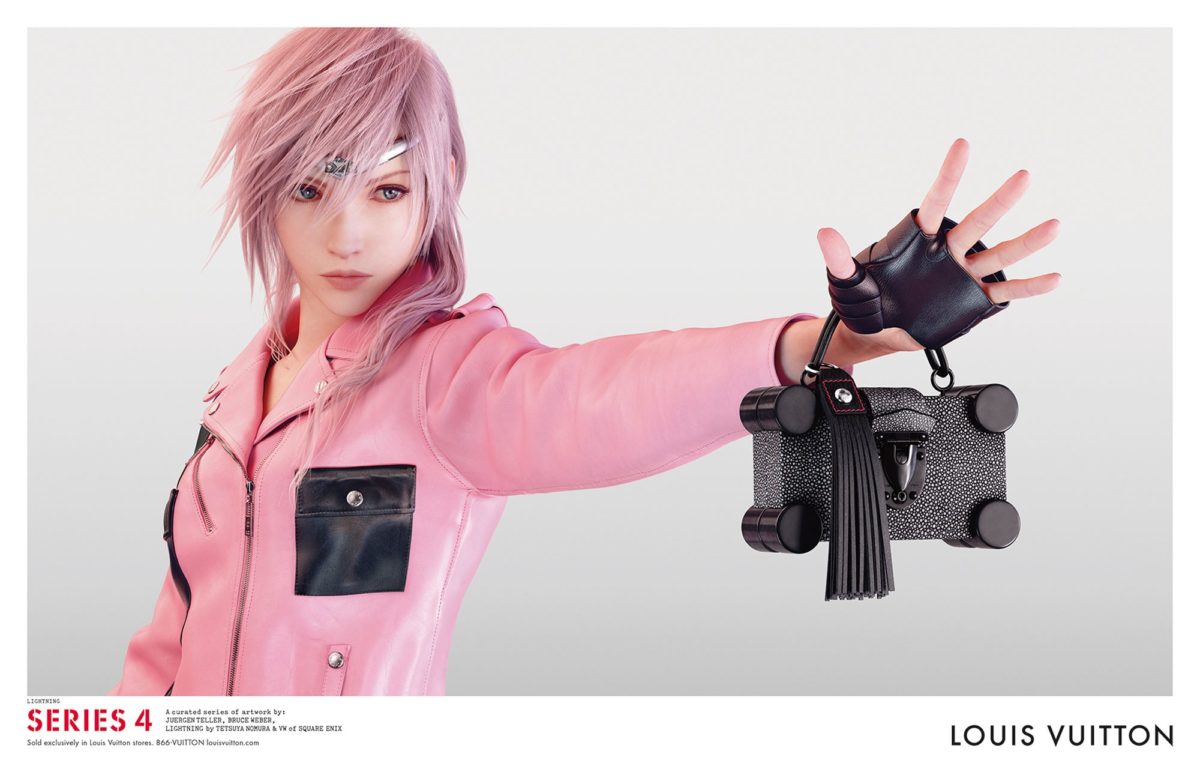The Evolution Of The Virtual Influencer
By Something CuratedThe presence of virtual avatars in celebrity culture and advertising is nothing new, with creations like British musical group the Gorillaz gaining mainstream popularity and endorsing products from the late 90s. During the last ten years though, the fashion industry has become more attune with the concept. In 2013, Louis Vuitton’s then creative director Marc Jacobs designed tour costumes for virtual avatar Hatsune Miku, a Japanese singer who performs as an animated hologram. More recently, Vuitton, under Nicolas Ghesquière, enlisted fictional character Lightning, a pink-haired avatar from the Final Fantasy videogame, for its SS16 campaign.

Though the mentioned examples have been around for sometime, the world of virtual influencers, in particular those born from social media, is in its fledgling stages, and as followings grow and attract the notice of brands, the consequences for the beauty and fashion industries is interesting to consider. Perhaps oxymoronically, part of the appeal of the influencer movement is that influencers, as oppose to celebrities, are considered closer to everyday and relatable people. With this in mind, computer-generated avatars are the opposite of this, yet their popularity continues to grow as they enter the mainstream.
Shudu Gram, described by her creator as “the world’s first digital supermodel,” was designed by British artist Cameron-James Wilson. With close to 150 thousand followers on Instagram, Gram boasts perfect symmetry, striking dark skin and a statuesque frame. Gram was created as an art project by Wilson before she became a social media figure, donning lipstick by Fenty Beauty or posing for Balmain. With by far the largest following within this category of influencers is Miquela Sousa, known as Lil Miquela. Unlike Wilson’s project, Miquela’s anonymous creators set out to present a “normal girl,” as oppose to an idealised model.
Sousa, via her creators, shares images of herself with “friends” on Instagram, makes her support of Black Lives Matter well-known, projecting a sense of relatable empathy, and participates in magazine interviews fortifying her sense of a personality. Her creators have furthered the narrative of their avatar, giving Miquela a complete and idiosyncratic backstory. She is continually 19, half Brazilian, half Spanish and based in Los Angeles. She models, sporting Chanel and Prada on her social media, and has even released music that can be heard on Spotify; her debut single Not Mine reached number eight on the online music platform back in August 2017.
It’s notable that the two most popular figures within this virtual realm are depictions of people of colour, perhaps a retaliation to a longstanding lack of representation, particularly within the fashion industry. It’s also interesting that Blawko, the only relatively known male virtual influencer, has a smaller following than his female counterparts, and isn’t joined by any other male characters on the same level. Beauty Editor at WDD, Alexa Tietjen points out: “This cultural fixation on fembots is nothing new — Siri, Amazon’s Alexa and the 2013 film “Her” are just a few examples—and it’s highlighted even more by this incoming class of influencers.”
The growth in popularity of virtual influencers underlines the power of social media, particularly Instagram, a platform on which you do not have to be authentic to have an impact on real people. Ultimately, the lives conveyed by flesh-and-blood influencers on their channels are massively constructed and curated too, and so, in many ways, perhaps the gap between the virtual and real isn’t all that great within the worlds of social media and advertising, and digital avatars are just a natural progression.
Feature image: Lil Miquela (via Pinterest)